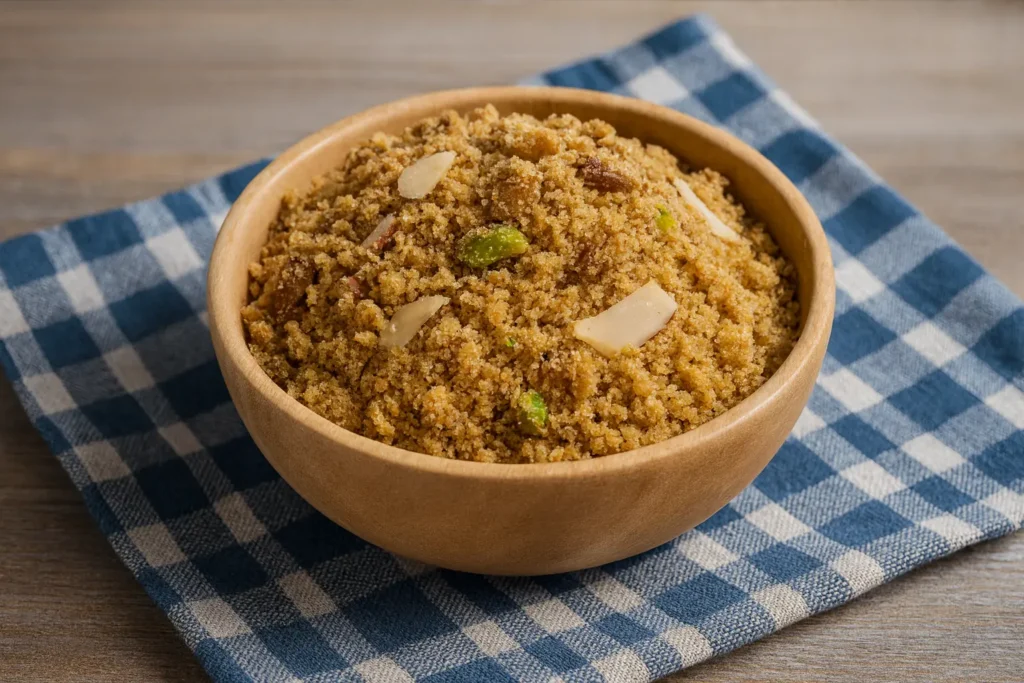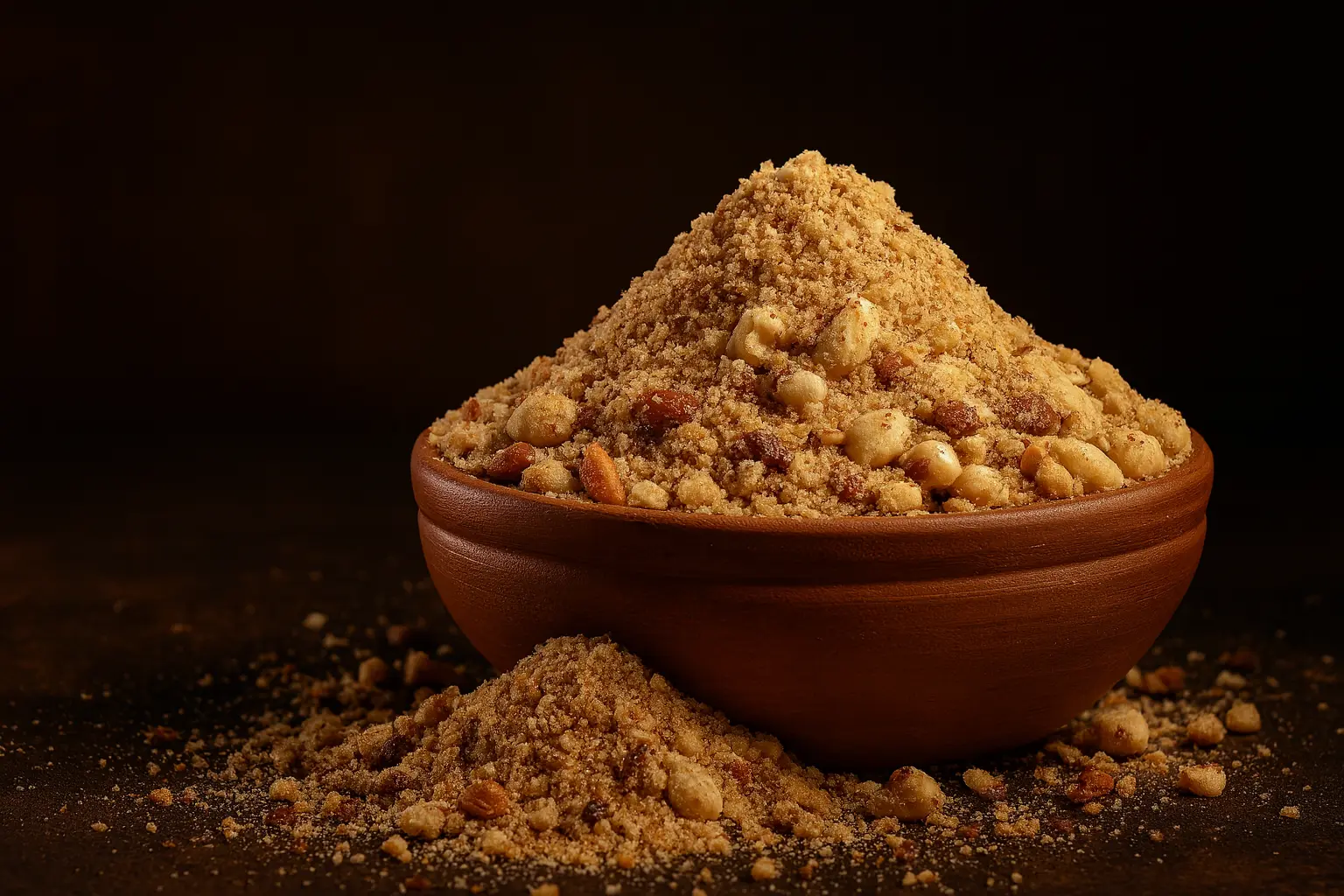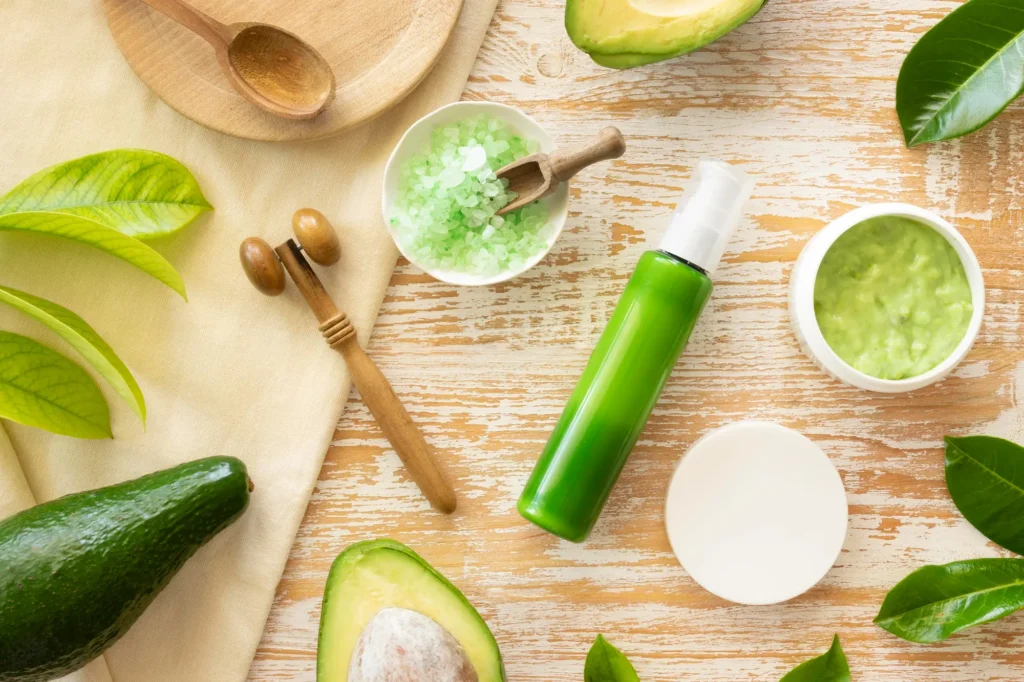What Is Organic Panjeeri and Why Is It Still Relevant Today?
Organic Panjeeri doesn’t come with a barcode — and it doesn’t need one to give you real energy. Let’s stop pretending it has to come from a bottle or packet.
Organic Panjeeri — it’s this old-school mix. Feels more like medicine than dessert. Except it’s neither. It’s… food. Real food.
If you’ve spent time in Punjabi households, or even just around women who’ve given birth, you’ve probably seen it. A tin on the counter. A spoon, half dipped. Sometimes warm. Sometimes crumbly. It’s always there.
What is it exactly?
Roasted flour. Usually chickpea. Nuts, seeds, jaggery, spices like ajwain and fennel. All bound together with ghee. You toast it. Stir it. It takes time. But that’s part of it — the slowness is healing, too.
They used it — still use it — after childbirth. Winter days demanded it. So did weak limbs and worn-out minds. When your body felt like it had nothing left to give—this was the thing that pulled you back.
And today? With people fried, bloated, anxious, energy-drained — it makes more sense than ever.
If you want real data: this article on the nutritional profile of Panjeeri laddu as a traditional postpartum supplement gives much stronger evidence — it details calorie content, vitamins, minerals, protein, and fatty acid composition, all in a peer‑reviewed context Lippincott Journals. That puts panjeeri firmly outside cultural myth — it’s documented function, not just tradition.
Core Benefits of Organic Panjeeri Backed by Nutrition Science
1. Clean Energy from Real Ingredients (No Spikes, No Crashes)
Let’s get one thing out of the way. Energy? It’s not about how fast something hits. It’s about how long it stays.
Panjeeri works because it burns slow. Not flashy. Not instant. Just steady.
- Ghee has these fatty acids — butyric, CLA — they don’t spike insulin, but they feed your cells.
- Nuts carry protein and minerals like magnesium — stuff your mitochondria love.
- Jaggery doesn’t rush. It’s got iron, trace minerals. Helps build blood. Supports stamina.
You’re not buzzing after eating it. Still, two hours later? You’re going strong.
2. Organic Panjeeri for Better Digestion and Gut Comfort
Let’s talk gut.
Most people walk around bloated and don’t even realize that’s not normal.
Panjeeri hits that from a few angles:
- Ajwain kicks digestion into gear. Gets enzymes flowing. Cuts gas.
- Fennel cools things down. Less bloating, less cramping.
- Flaxseeds — gentle fiber. Helps move things without urgency.
It’s not a laxative. It’s support.
And no — this isn’t just old wisdom. A medical study showed that fennel helped reduce gas and bloating after childbirth, just as well as regular anti-gas medicine. It worked gently. No harsh side effects.
People were using this blend to calm the stomach long before anyone started talking about probiotics or gut bacteria.
3. Healing and Immunity Support During Postpartum & Stress
Here’s something people don’t say enough: recovery needs fat.
You lose more than calories during stress. Or childbirth. Or illness. You lose nutrients. Warmth. Balance.
Panjeeri puts those back:
- Ghee reduces inflammation, helps with tissue healing.
- Nuts restore trace minerals.
- Seeds (like poppy and melon) support hormonal recovery.
And it’s warm. That’s part of the medicine. Especially postpartum.
In a 2024 nutritional study on Panjeeri laddu – purpose-built for postpartum recovery — researchers found it calorie-rich and full of protein, healthy fats, minerals like iron and magnesium, and vitamins B and E. That scientific profile maps directly to why it’s still relied on in postpartum nutrition plans.
This isn’t comfort food. Instead, it’s rebuilding food. Real nutrients meant to help you recover and recharge.
4. Nutrient Density for Healthy Weight Gain
Not everyone’s trying to lose weight.
Some folks — underweight, post-illness, post-op — need to gain. But cleanly.
You don’t want junk. You want calories that heal.
Panjeeri hits that sweet spot.
- Dense calories.
- No weird additives.
- Balanced macros from real food.
For someone who’s lost appetite, or can’t eat big meals, a couple of tablespoons of this… it goes a long way.
Ingredient Breakdown: What Makes Organic Panjeeri a Functional Superfood?

Let’s not kid ourselves. “Superfood” is slapped on everything now — quinoa, chia, whatever’s trendy. But this? This mix earns the title.
Because every spoonful does something. It’s not for show.
Let’s break it down — not with marketing fluff — just plain food truth:
Chickpea flour
This one’s not just protein — it’s fuel with fiber. Keeps blood sugar from nosediving. It brings iron too, the kind your body actually uses. There’s research showing chickpea flour helps keep things steady in your system. For example, it regulates digestion, blood sugar, and appetite.
Ghee
It’s not just fat. It has fatty acids that aren’t empty—they feed your cells. Plus, research shows ghee contains short- and medium-chain fats, and CLA-like compounds known for reducing inflammation and aiding digestion. All while carrying fat-soluble vitamins A, D, E, and K.
Nuts (almonds, walnuts)
They don’t just sit there crunchy and pretty. They come packed with vitamin E, magnesium, and good fats — the kind your brain, skin, and muscles appreciate. Especially when recovery’s in progress or hormones are swinging wild.
Seeds (flax, melon, poppy)
Each one plays a quiet role. They don’t get the spotlight, but they do the work. Flax helps your gut. Melon seeds bring zinc and calm. Poppy seeds? Gentle hormone support. Not magic. Just… consistent helpers.
Fennel & Ajwain
They’re not just there for taste. Ajwain helps relax the gut, eases bloating, and supports digestion — especially after childbirth, when the body’s still recalibrating. You’ll find it widely used in postpartum mixes for a reason. And yes, there’s strong backing for it — even in modern gut health conversations. Its digestive properties go far beyond folk wisdom.
Fennel backs it up. It’s calming, de-bloating, and helps food move without discomfort. This isn’t a random combo — it was designed, long before probiotics got trendy.
Jaggery
It’s sugar, yes — but not the white kind stripped of everything. This brings iron. Potassium. And trace minerals that support energy without the crash. Especially important when your body’s trying to rebuild or re-energize after stress or fatigue.
And guess what? A bunch of these show up in our natural immune-supporting foods list too — because they do more than one job. They support the whole system.
Forget the term “superfood” for a second. This is food your body gets. It’s calorie-dense, sure — but with function behind every bite. No filler. No fake shine.
Who Should (and Shouldn’t) Use Organic Panjeeri?
It’s Ideal For:
- Women recovering post-delivery.
- Athletes or anyone with high output.
- Folks underweight or in recovery mode.
- Especially for people looking for whole-food nutrition in small portions.
Use With Caution If:
- Blood sugar’s an issue — jaggery might still mess with that curve.
- You’ve got nut or seed allergies? Panjeeri’s packed with a few.
- On gut meds? The spices might not play nice. Worth checking.
How to Make Organic Panjeeri: Authentic Recipe with Clean Ingredients
Don’t rush it. That’s the first rule. Slow heat, patience, and good ingredients.
You’ll Need:
- ½ cup roasted chickpea flour
- 2 tbsp roasted gond katira (tragacanth gum), powdered
- ½ cup organic ghee
- ¼ cup jaggery (or date sugar)
- ½ cup dry fruits, chopped
- 2 tbsp flaxseeds
- 2 tbsp melon seeds
- 1 tbsp poppy seeds
- 1 tbsp fennel
- 1 tbsp ajwain (carom seeds)
- ¼ cup desiccated coconut
How to Do It:
- Roast flour in a heavy-bottom pan. Stir constantly. Don’t burn it.
- Puff up the gond in a separate pan. Crush it fine.
- Heat ghee. Fry dry fruits and seeds till golden.
- Add in roasted flour + gond. Mix well.
- Add jaggery. Stir as it melts and binds everything.
- Toss in coconut last. Let it cool before storing.
Airtight jar. Cool, dry shelf. Keeps for weeks.
Need help finding real spices for this? Here’s our clean spice sourcing guide.
Best Ways to Use Organic Panjeeri in Daily Life
Here’s how most people eat it: they just scoop it.
But other ways?
- Mix with warm milk.
- Press into balls for travel.
- Sprinkle over porridge or oats.
- Use as a spoonful pre-workout.
Don’t need much. Just 1–2 tablespoons a day. Especially if you’re eating other dense foods. If recovering? Go by how you feel. Let hunger guide you.
Final Thoughts: Bringing Back Organic Panjeeri in a Modern Clean Diet
It’s quiet. Unpackaged. Not pretty.
But Organic Panjeeri does the job.
That job? Rebuilding. Rebalancing. Restoring energy.
This isn’t about “superfoods” or trends. This is about real food that served real people in real need — and still can.
Bring it back. Not just for tradition. But also for function.



